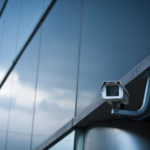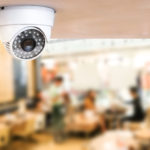For medium to large organisations installing commercial CCTV systems is essential. Since CCTV is not only designed to deter and prevent crime, you may want to consider it for health and safety, or general security surveillance of your building to ensure the highest standard of protection. If you are looking for a UK nationwide security solutions company that provides reliable, expert knowledge & service, choose Churches Fire & Security for your CCTV systems.
CHURCHES FIRE & SECURITY MAINTAIN A WIDE RANGE OF CCTV SYSTEMS TO SUIT SPECIFIC CUSTOMER SITES AND REQUIREMENTS
WHAT IS A CCTV SYSTEM?
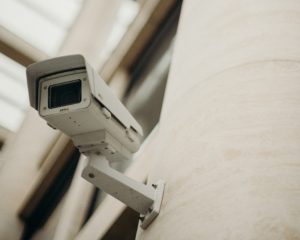
A CCTV (closed circuit television) System is the use of video cameras to send signals to a particular place on a number of monitored displays.
In business terms, it allows for monitoring of the activity and visitors on your premises.
There are a number of different systems available, specific to particular business requirements and their needs for CCTV, whether that be for building monitoring or identification in the event of a crime.
The advantages of a CCTV system include:
- Protection for your business 24/7
- Surveillance of the premises
- Provide protection to lone workers and support for staff when on-site alone
- Act as a deterrent for break-ins and vandalism to site
- Use as a back-up way of verifying when staff and visitors are on-site
- Review of footage to identify causes of any incidents
CHOOSING A CCTV SYSTEM
CCTV systems can be used as both a surveillance tool and as a method of identifying and prosecuting thieves.
Where CCTV is used to monitor people activity on-site, it should be positioned at a high level to make sure the best coverage is captured. If in use to detect any criminal activity, it should be located at eye level so faces may be viewed more clearly.
A system of this kind can also be used for other uses such as protection for lone workers, monitoring customers visiting a shop or building, for time management purposes to ensure staff are on site at the correct time and for health and safety purposes. It could also be that the police or your business insurer has advised that you need to have a system in place or that your premises is a higher risk environment.
Once you’ve decided why you need a CCTV system, you need to assess which areas you wish to have covered. This will then identify exactly where cameras should be sited in order to provide the best surveillance coverage. It is beneficial to have your site surveyed professionally by a CCTV Systems expert. They will consider your requirements and produce a plan of exactly where you should install CCTV to fit your specifications.
A CCTV system is not a total solution to a security concern, and should be used in conjunction with other items such as intruder alarms.
Need some help?
If you would like to find out more about CCTV Systems and how Churches Fire & Security can help you and your business, call our customer development team on 0370 608 4350 or complete the form for a call back:
Learn more about how Churches Fire & Security install and maintain CCTV Systems in our downloadable pdf.
Download CCTV System Info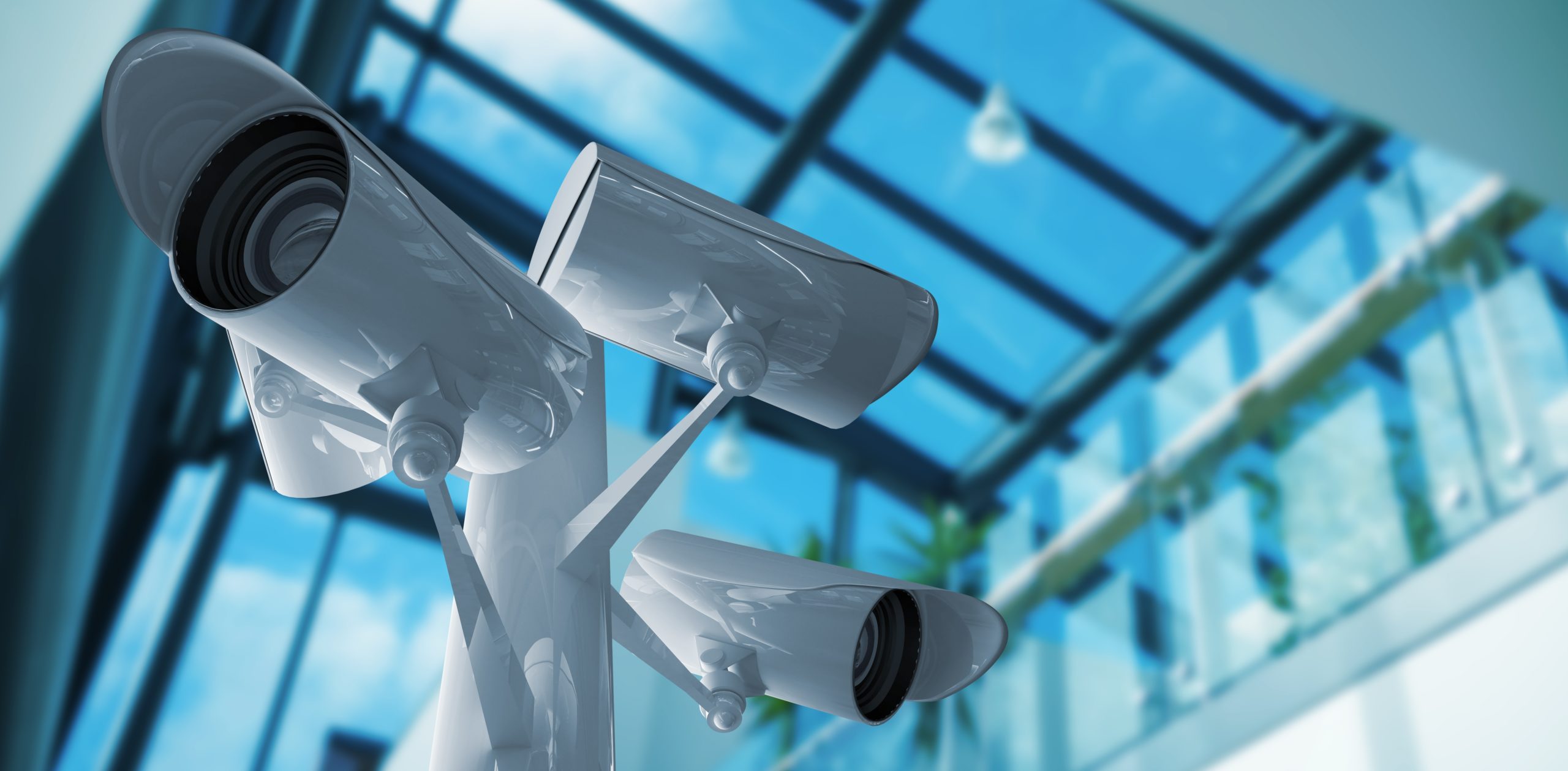
TYPES OF CCTV SYSTEMS
A camera on a modern style analog CCTV system sends video images in the traditional base band format over coax or unshielded twisted pair (UTP) cabling back to a digital video recorder (DVR). At this point, video is digitised and stored on hard drives.
As most modern DVRs are network devices, they can be accessed remotely from the local area network (LAN). Alternatively it can be viewed from across a wide area network (WAN) with the correct configuration or through the internet. With an analog system there are no tapes to change and video is kept on hard drives, typically on a FIFO (first in, first out) basis so there is always a rolling video archive.
An IP video camera broadcasts video over an IP network as a digital stream. Much like an analog system, video is recorded on hard drives, however since the video is an IP stream straight from the camera, there is more flexibility as to how and where that video is recorded.
The DVR is replaced with a network video recorder (NVR), which in some cases is simply software since it doesn’t need to convert analog to digital. Video footage can then be stored on new or existing network RAID drives as directed by the NVR software.
A Hybrid CCTV system combines analog video and IP. This can be a great way to transition an analog system to IP without needing to replace all of the existing cameras.
Many NVR boxes on the market today are actually Hybrids in that they accept analog cameras, and IP cameras and combine them onto a single platform for the user.
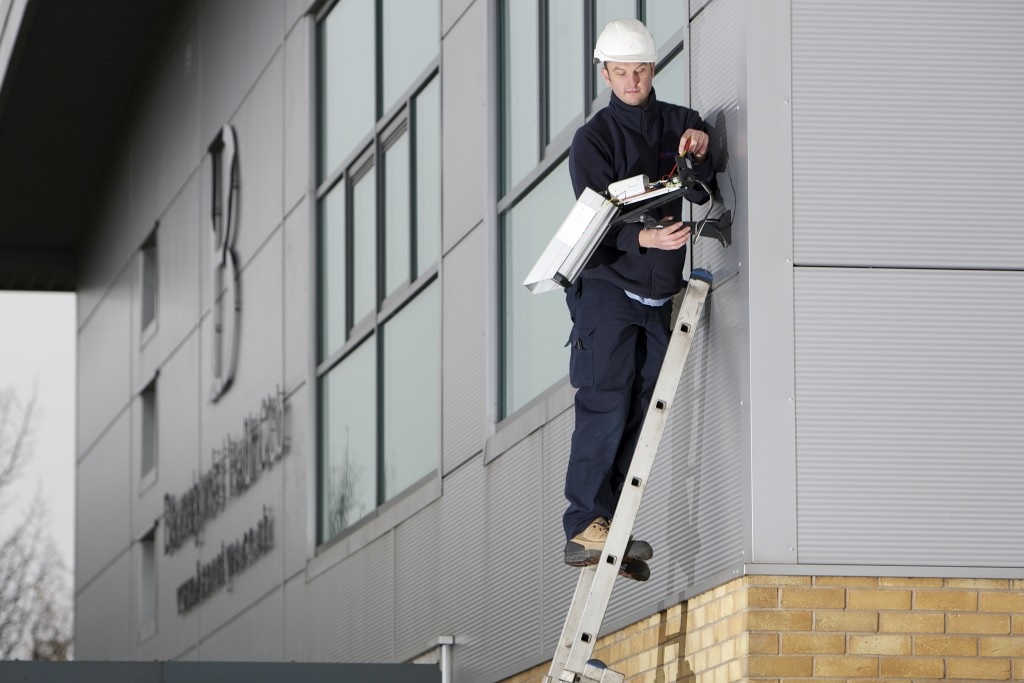
TYPES OF CAMERAS
STATIC 
Static cameras are fixed with the camera viewing one particular dedicated scene. Typical static applications are specific concentrated areas that require static coverage without the need to cover a large area, minimising the required budget for the equipment. Static CCTV cameras focus on risk areas which is always more effective when the correct lens configuration is gained to pin point specific detail, i.e. facial recognition, retail transactions etc.
DOME 
Named for its dome shape, it is the most common security camera you see in businesses and stores. Due to its shape, it’s difficult to tell exactly where the camera is aiming unless you see it up close. Dome cameras are generally used inside buildings, although the domes can be used outside as well and can be mounted on ceilings or walls. Supplied as Static or PTZ versions.
PTZ
PTZ stands for and signifies the camera’s ability to Pan, Tilt and Zoom. This means that the camera can be controlled from a remote location, such as a control room, a keyboard/joystick in an office or in a security watch room. Typical PTZ applications are extensive areas that would require such a large number of static CCTV cameras that would exceed the budget for equipment and labour. PTZ cameras provide a good bridge between requirement and cost. Additionally when security staff are employed or the camera includes the PTZ Object Tracing function, objects can be followed at a high optical zoom level and produce high quality crime scene evidence.
BULLET
The name for the bullet camera comes from its resemblance to a rifle bullet – generally long and tapered like a cylinder. Bullet cameras contain the same electronic components as C-Mount cameras but have been modified to fit in bullet weatherproof casing.
C-MOUNT
The advantage of a C-Mount camera is that the lens can be changed. If you need to see further than 35 or 40ft then you’ll need a C-Mount camera with a special lens. C-Mount lenses are available from 4mm to 50mm. A 4mm lens provides facial detail and a 70 degree angle of view focused up to about 35ft. An example of where you might use a fixed 4mm lens is in a small office, or at home to focus on your driveway.
C-Mount cameras are able to be mounted within a rugged housing that is heated for cold environments with wipers attached to ensure a clear view.
COVERT/SPY CAMERA
A covert/spy camera system allows video images to be captured in secret. These cameras can be disguised as everyday standard items such as lamps, thermostats, clocks, smoke detectors and many more. These cameras are also able to be supplied analogue or IP and can offer Mega Pixel resolutions.
VANDAL RESISTANT
Vandal resistant cameras and housing offer resistance to vandalism and are designed to keep working whilst under, and after an attack.
WIRELESS
Wireless cameras offer all the same principles of a standard hardwired system, without the wire. They transit the video/audio signals through a radio band. The camera will still require power (that cannot be wireless) but some models offer a battery pack option making them truly wireless.
DETECTION AND MONITORING
When utilising a monitored CCTV system, detection is added to the camera locations to enable alarms to be activated and alert to the presence of an intruder. When a detector is activated, alarm recording starts and a CCTV operator can initiate a response or action as required.
If a monitored CCTV has speakers installed upon it, audio enables the operator of the system to engage in conversation with the person who has activated the system via its detection.
CCTV SYSTEM MAINTENANCE
Ongoing maintenance of the system by a competent approved security systems company should be carried out.
All CCTV systems should have a preventative maintenance visit where tests are carried out to ensure the system operates at an optimum level and any failing parts are replaced before they cause a major malfunction. These tests should be carried out annually.
Churches Fire & Security hold certification for the design, installation and maintenance of CCTV Systems in compliance with the requirements of the NSI Code of Practice.
As experts in security, you can count on Churches Fire & Security to provide a CCTV System for your organisation.
Contact us today to discuss your individual requirements.
NEED MORE HELP?
Fill out your contact details and one of our colleagues will be in touch to discuss your needs.




